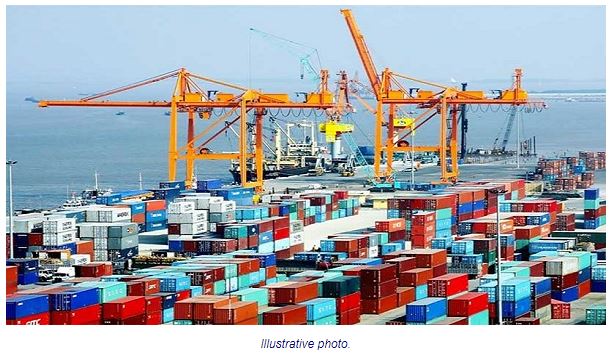Vietnam’s economy thrives 7 decades after gaining independence
Robust growth
Vietnam is a country that thrives on farming with the average annual growth rate of the agriculture higher than the corresponding growth rate of the population during the same period (3.48% compared to 2.0%). The gross value of agricultural production in 2018 was nearly 14.9 times larger than in 1939.In the period prior to the 1990s, the country’s industry was too weak to meet consumers’ demands.
However, after the introduction of the Doi Moi policy on economic liberalization, Vietnam gradually emerged from the serious socio-economic crisis and seized opportunities to create comprehensive conditions for agricultural development, ensuring food security and exporting a large volume of farm produce.
When Vietnam embarked on industrialization and modernization, the industry grew rapidly and became the impetus for the whole economy.
The gross value of industrial production in 2018 was nearly 500 times larger than in 1939. That the productivity of industry and construction outpaced that of agriculture led to a shift in the workforce structure from predominantly agriculture, forestry, and fishery to industry and building. Additionally, the number of enterprises in 2018 grew by 577 times against 1945. The Business Law was issued and perfected continuously.
However, the number of enterprises has still been modest and most of them operate on a small scale. Over the past few years, a large number of enterprises have declared bankruptcy, been dissolved or temporarily suspended.
Overall, the investment efficiency and labor productivity of enterprises and the whole economy remain low leading to poor competitiveness and slow export growth.
Renovating the growth model
Foreign direct investment (FDI) commitments since 1988 have topped US$400 billion and actual FDI has totaled some US$200 billion.
The FDI sector accounted for 20% of total investment for social development, contributed 50% to the industrial output, 20% to GDP and around 70% to export as well as provided 4% of overall employment.
Official development assistance (ODA) since 1993 has reached US$91 billion, of which over US$75 billion has been disbursed. Meanwhile existing foreign indirect investment (FII) has topped US$20 billion.
The foreign trade exchange has been enhanced and the rate of import and export over GDP is among the highest in the world. Vietnam still incurs trade deficits with some countries in Asia including China, South Korea, Thailand, and Singapore, among others, as the economy is focusing mainly on subcontracting and assembling.
GDP in terms of comparative price in 2018 increased 10.7-fold over 1976. In USD terms, at the current exchange rate, the country’s GDP has expanded from only about US$5.48 billion in 1988 to about US$245 billion in 2018 and will likely reach US$267 billion in 2019.
While Vietnam’s GDP per capita in 1988 was only US$86, one of the lowest levels in the world, the figure increased robustly to US$1,145 in 2008 and placed Vietnam in the group of middle-income countries. GDP per capita in 2018 reached US$2,587 and is expected to rise to approximately US$2,790 by the end of 2019.


 English
English




